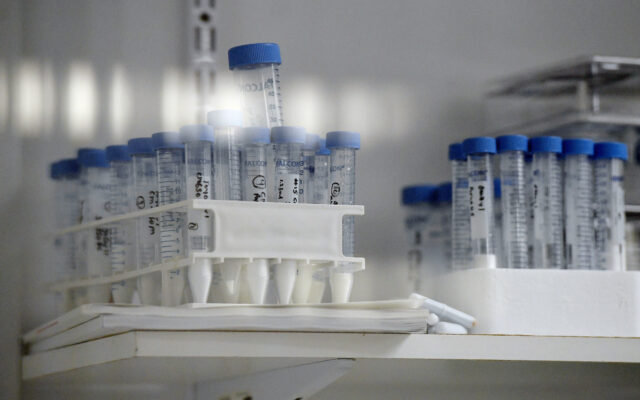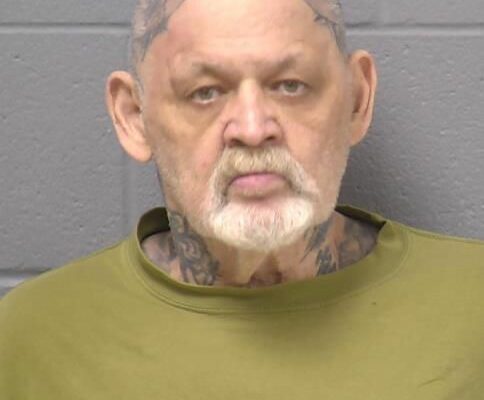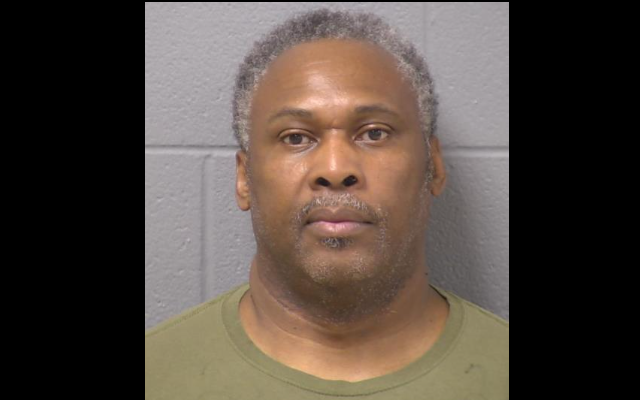Gov. Pritzker Announces the Next Phase of COVID-19 Vaccine Distribution Plan, Lowers Vaccine Age to 65

Building on guidance by the Centers for Disease Control and Prevention’s (CDC) Advisory Committee on Immunization Practices (ACIP) and the Illinois Department of Public Health (IDPH), Governor JB Pritzker announced guidelines for the next stage of COVID-19 vaccine distribution across Illinois – Phase 1B.
“ACIP’s guidance serves as the foundational blueprint for Illinois’ Phase 1B plan, with one key adjustment: here in Illinois we are more strongly pursuing equity in the distribution of our vaccinations,” said Governor JB Pritzker. “For people of color, multi-generational institutional racism in the provision of healthcare has reduced access to care, caused higher rates of environmental and social risk, and increased co-morbidities. I believe our exit plan for this pandemic must, on balance, overcome structural inequalities that has allowed COVID-19 to rage through our most vulnerable communities.”
“With limited amounts of vaccine available at this time, it is important to prioritize individuals who are at greatest risk of exposure to COVID-19 and those at greatest risk of severe illness or death,” said IDPH Director Dr. Ngozi Ezike. “Generally, Latinx and Black populations have been disproportionately impacted by COVID-19 with data showing related deaths at younger ages. We are hopeful that by lowering the eligibility age to 65 years we can help reduce this disparity.”
Phase 1B will begin when Phase 1A is substantially complete. It will include all Illinois residents age 65 years and older and “frontline essential workers,” as outlined by ACIP. In order to reduce COVID-19 mortality and limit community spread in Black and Brown communities, Illinois reduced the age eligibility in Phase 1B by 10 years from ACIP’s recommendation. Currently, the average age of COVID-19 death is 81 for White residents, 72 for Black residents and 68 for Latino residents.
The frontline essential workers designation includes many residents who carry a higher risk of COVID-19 exposure because of their work duties, often because they are unable to work from home, and/or they must work closely to others without being able to socially distance. Communities of color are disproportionately represented in many of these industries. The category defined by the federal government as frontline essential workers, which the CDC estimates as about 30 million Americans, includes first responders; education workers, including teachers, support staff and childcare workers; manufacturing, distribution and agriculture workers, including grocery store workers; United States Postal Service workers; public transit employees; corrections workers and incarcerated people, and others.
All in all, Phase 1B totals approximately 3.2 million people throughout the state of Illinois.
Prioritizing equity is a critical component of every phase of the state’s vaccine distribution plan. Lowering the age eligibility and including frontlines essential workers in phase 1B is a pivotal step towards protecting all of Illinois’ elderly residents and Illinoisans who have been disproportionally impacted by the pandemic and ensuring the benefits of vaccination reach all our communities in a fair manner
As the state enters Phase 1B, the administration will be utilizing every available resource at the state’s disposal to ensure that as many Illinoisans as possible are able to receive the vaccine as quickly as possible. The Illinois National Guard will be assisting in the development of mass vaccination sites and the state will be increasing the number of providers enrolled in the state’s vaccination database to support widespread availability when the time comes.
These efforts are in line with the equity directive released earlier in the pandemic with a focus on ensuring vulnerable and historically marginalized communities receive equitable and informed access to COVID-19 vaccines. The state will continue to proactively expand infrastructure, especially in communities of color, to move these vaccines through Illinois at an even faster pace once there is an increase in the federal distribution pipeline. The IDPH team continues to review ACIP’s recommendations for Phase 1C.
As the state moves forward, it is critical that Illinoisans continue to follow public health mitigations to suppress the spread of the virus until vaccines are available for wider distribution.
Please see attached document for additional information about the phases.






